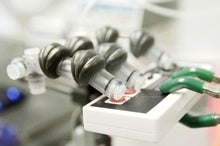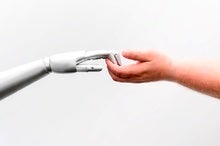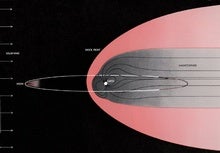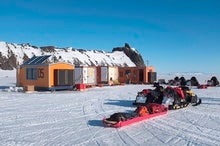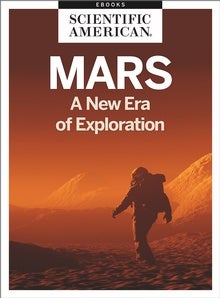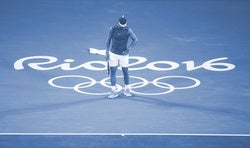 |
| July 27, 2021 |
Dear Reader,
At the Tokyo Olympics, a 3-D tracking algorithm is breaking down track-and-field performances in order to feed extra details to audiences at home. Similar systems could one day enable the creation of data-rich virtual replicas of athletes, called "digital twins." |
| |
 |
| |
| |
| |
| Behavior & Society Dancing with Robots The emerging field of choreorobotics can make humans more comfortable interacting with machines | | | | |
| |
| |
| |
| |
FROM THE STORE
 | | Mars: A New Era of Exploration Was there ever life on Mars? Could life exist there? The latest of nearly 50 missions, NASA's Mars Perseverance Rover is the opening shot of an ambitious plan to find answers. In this eBook, we look at the Red Planet: what we've learned from past rovers, the challenges of space travel and searching for life, proposals for how to make Mars livable and how Perseverance could change everything we know for decades to come. |  | | |
| QUOTE OF THE DAY
 "Earlier this month, engineers installed the world's first 3D-printed steel bridge, over the Oudezijds Achterburgwal canal in Amsterdam's Red Light District. ... Physical construction of the bridge took four giant, torch-wielding robots six months to complete, layer by painstaking layer, using a net total of 4.9 tons of steel." Dale Smith, CNET | |
| |
FROM THE ARCHIVE
 | | | |
LATEST ISSUES
 |
| |
| Questions? Comments?  | |
| Download the Scientific American App |
| |
| |



